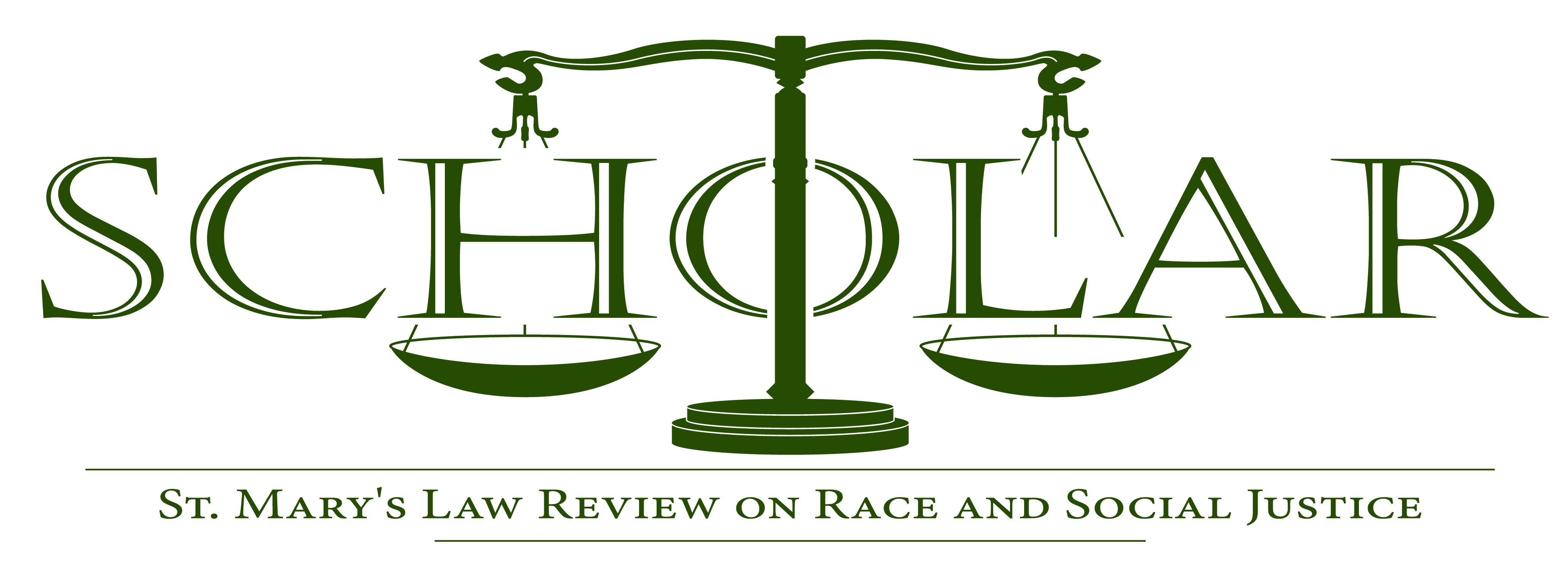
Abstract
The Texas Legislature ended the longstanding criminalization of truancy violations in Texas schools. With the passage of House Bill (H.B.) 2398, the manner in which the courts, school districts, and the Texas Education Agency (TEA) are expected to handle truant students has been greatly altered. Nonetheless, it remains to be seen what material effect these new measures will have on Texas schools, students, and their families. In order to understand the extent to which the new laws and regulations may affect the lives of students and their parents, it is important to examine the material consequences of the school-to-prison pipeline and the truancy enforcement under the old system. Prior to the passage of H.B. 2398, Texas municipal courts and justice of the peace courts had been prosecuting truancy cases at double the rate of all other states combined. Texas had in essence created a school-to-prison pipeline. The school-to-prison pipeline represented the systemic funneling of predominantly non-white, at-risk children from the school system to the juvenile or adult prison system. Non-white, at risk children could be criminally charged with “Failure to Attend School” (FTAS). With the passage of H.B. 2398, FTAS offenses have now been repealed and truancy offenses can no longer be filed in criminal courts. Truancy offenses must now be handled as civil matters in newly designed truancy courts. Decriminalizing truancy is the first step towards dismembering the school-to-prison pipeline. This fresh stance on truancy is a welcomed improvement for students, particularly those whose records will no longer be tainted by prior criminal convictions for truancy offenses.
Date Created
2017-01-01
Journal Title
The Scholar: St. Mary's Law Review on Race and Social Justice
Recommended Citation
Steven E. Gilmore,
Education and Its Discontents: The Decriminalization of Truancy and the School-to-Prison Pipeline in Texas.,
18
The Scholar
(2017).
Available at:
https://commons.stmarytx.edu/thescholar/vol18/iss2/3
Volume Number
18
Issue Number
2
Publisher
St. Mary's University School of Law
ISSN
1537-405X

